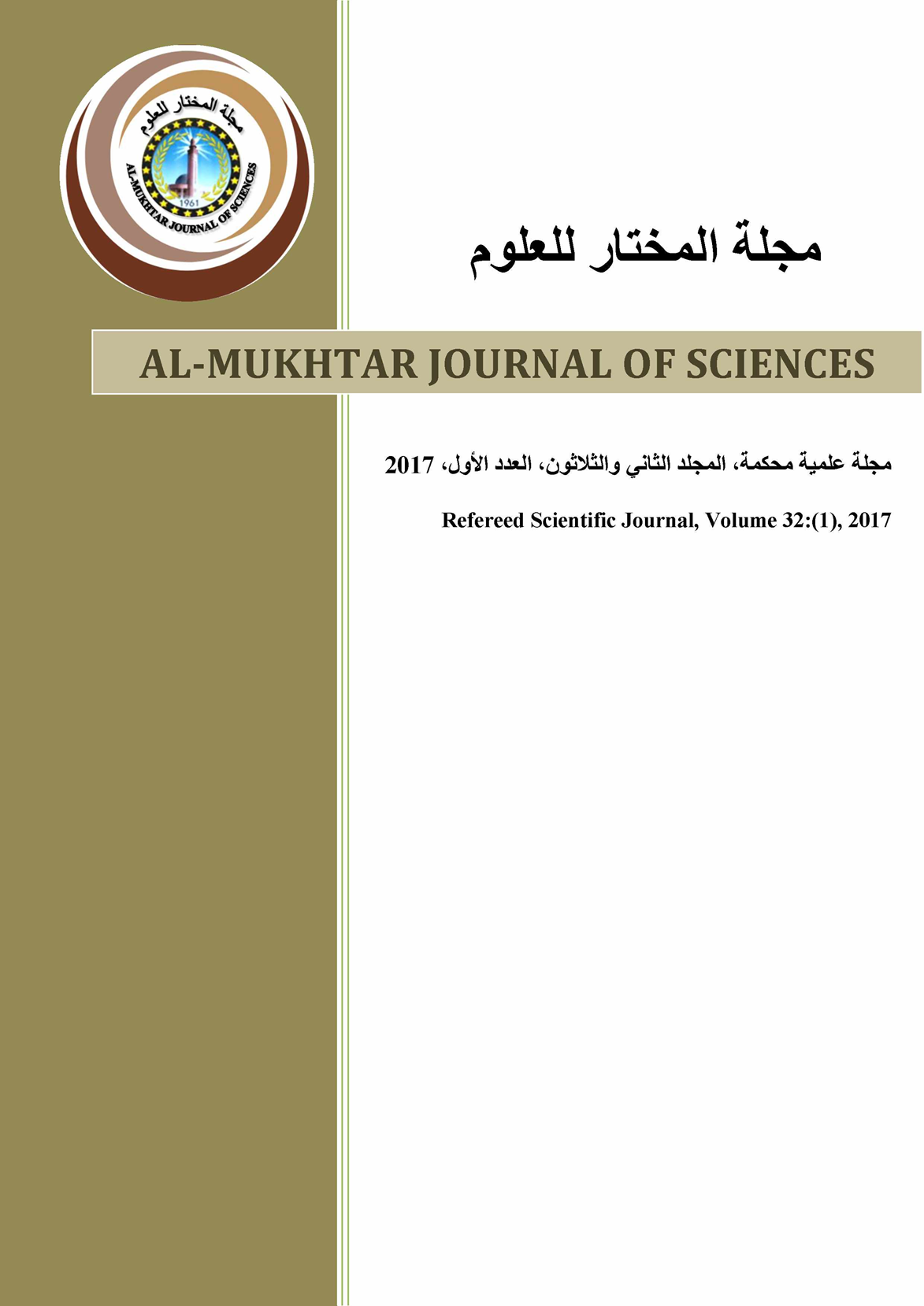Totally Volume Integral of Fluxes for Discontinuous Galerkin Method (TVI-DG) I-Unsteady Scalar One Dimensional Conservation Laws
DOI:
https://doi.org/10.54172/mjsc.v32i1.124Keywords:
Scalar conservation laws, Higher order methods, Discontinuous Galerkin, Divergence theoremAbstract
The volume integral of Riemann flux in the discontinuous Galerkin (DG) method is introduced in this paper. The boundaries integrals of the fluxes (Riemann flux) are transformed into volume integral. The new family of DG method is accomplished by applying divergence theorem to the boundaries integrals of the flux. Therefore, the (DG) method is independent of the boundaries integrals of fluxes (Riemann flux) at the cell (element) boundaries as in classical (DG) methods. The modified streamline upwind Petrov-Galerkin method is used to capture the oscillation of unphysical flow for shocked flow problems. The numerical results of applying totally volume integral discontinuous Galerkin method (TVI-DG) are presented to unsteady scalar hyperbolic equations (linear convection equation, inviscid Burger's equation and Buckley-Leverett equation) for one dimensional case. The numerical finding of this scheme is very accurate as compared with other high order schemes as the weighted compact finite difference method WCOMP.
Downloads
References
Cockburn, B. (2001). Devising discontinuous Galerkin methods for non-linear hyperbolic conservation laws. Journal of Computational and Applied Mathematics 128(1):187-204.
Cockburn, B., Hou S., and Shu C.-W. (1990). The Runge-Kutta local projection discontinuous Galerkin finite element method for conservation laws. IV. The multidimensional case. Mathematics of Computation 54(190):545-581.
Cockburn, B., Lin S.-Y., and Shu C.-W. (1989). TVB Runge-Kutta local projection discontinuous Galerkin finite element method for conservation laws III: one-dimensional systems. Journal of Computational Physics 84(1):90-113.
Cockburn, B., and Shu C.-W. (1989). TVB Runge-Kutta local projection discontinuous Galerkin finite element method for conservation laws. II. General framework. Mathematics of Computation 52(186):411-435.
Gao, H., and Wang Z. (2009). A high-order lifting collocation penalty formulation for the Navier-Stokes equations on 2-D mixed grids. ratio, 1, 2.
Huynh, H. T. (2007). A flux reconstruction approach to high - order schemes including discontinuous Galerkin methods. AIAA paper, 2007- 4079.
Liu, L., Li X., and Hu F. Q. (2010). Nonuniform time - step Runge–Kutta discontinuous Galerkin method for computational aeroacoustics. Journal of Computational Physics 229 (19) : 6874-6897.
Wang, R., Feng H., and Spiteri R. J. (2008). Observations on the fifth - order WENO method with non - uniform meshes. Applied Mathematics and Computation 196(1):433-447.
Wang, Z., and Gao H. (2009). A unifying lifting collocation penalty formulation including the discontinuous Galerkin, spectral volume/difference methods for conservation laws on mixed grids. Journal of Computational Physics 228(21):8161-8186.
Xin, J., and Flaherty J. E. (2006). Viscous stabilization of discontinuous Galerkin solutions of hyperbolic conservation laws. Applied Numerical Mathematics 56(3-4):444-458.
Zhang, S., Jiang S., and Shu C.-W. (2008). Development of nonlinear weighted compact schemes with increasingly higher order accuracy. Journal of Computational Physics 227(15):7294-7321.
Downloads
Published
How to Cite
License

This work is licensed under a Creative Commons Attribution-NonCommercial 4.0 International License.
Copyright of the articles Published by Almukhtar Journal of Science (MJSc) is retained by the author(s), who grant MJSc a license to publish the article. Authors also grant any third party the right to use the article freely as long as its integrity is maintained and its original authors and cite MJSc as original publisher. Also they accept the article remains published by MJSc website (except in occasion of a retraction of the article).










